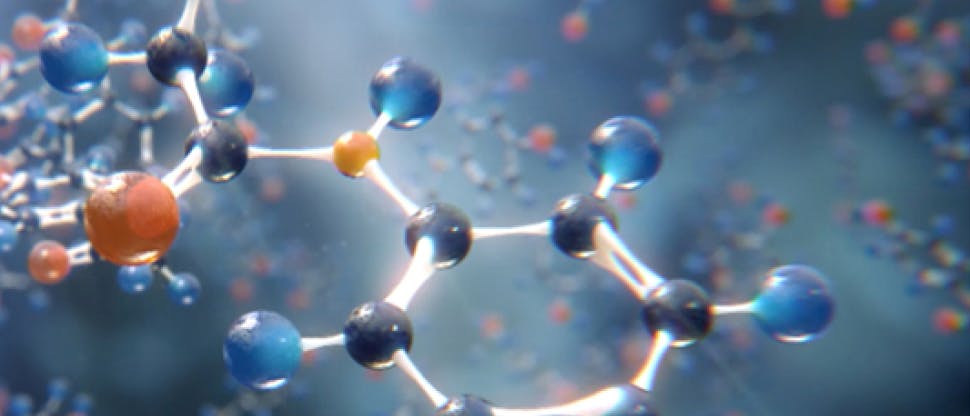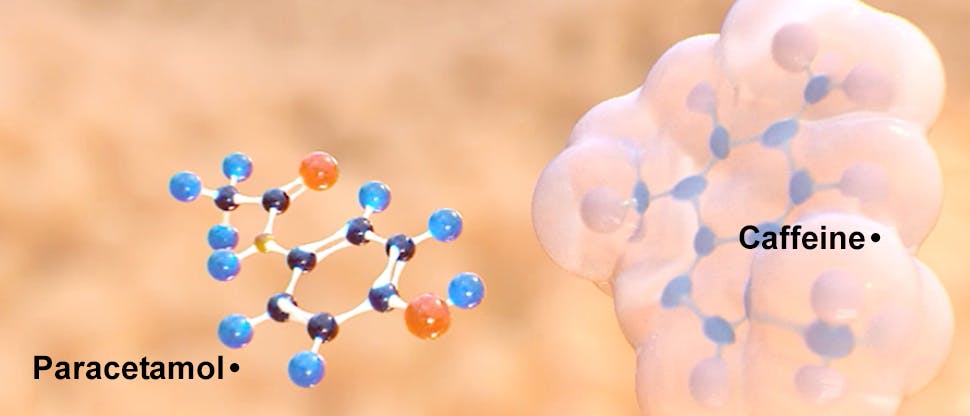The science of caffeine and paracetamol
Paracetamol exerts its analgesic and antipyretic effect by inhibition of prostaglandins.1 On the other hand, the antagonism of adenosine receptors and inhibition of cyclo-oxygenase activity at some sites may explain caffeine’s adjuvant properties.2,4

Paracetamol basics
Paracetamol or acetaminophen is one of the most used analgesic and antipyretic over-the-counter drugs globally.1
Do you know that contrary to popular believe, caffeine is not considered an addictive compound?3

Caffeine basics
First discovered in 850 A.D., caffeine was extracted as an active compound in 1819. It is the most common legal psychoactive drug and is a chemical relative of theophylline (used in treatment of asthma).2,3 Known for some of its effects such as increasing metabolic activity and heart rate, alertness, wakefulness and concentration, it is now combined with analgesics to increase absorption from the stomach.2,3
Discover the Panadol range with paracetamol and caffeine

Panadol Extra
An analgesic containing paracetamol and caffeine that fights tough pains such as headaches,5,6 migraines,7 dental pain8and menstrual pain.9
Learn more

.jpg?auto=format)
Fever
Fever is a common sign and symptom observed in a variety of clinical settings.1
The normal body temperature is about 36.5°C to 38°C, with the typical temperature at 37°C. In a healthy afebrile person, the hypothalamic thermoregulatory centre of the brain regulates body temperature by balancing the heat produced during metabolism and that released through respiration and evaporation.1 However, when this balance is offset due to different reasons, fever sets in.
Optizorb technology
Discover more about this revolutionary technology that allows delivery of paracetamol fast and effectively when it is needed most.

